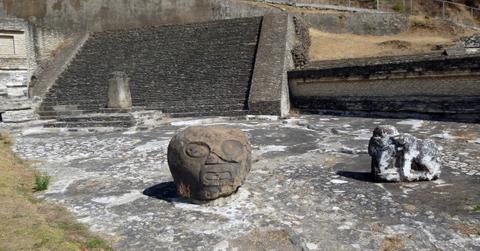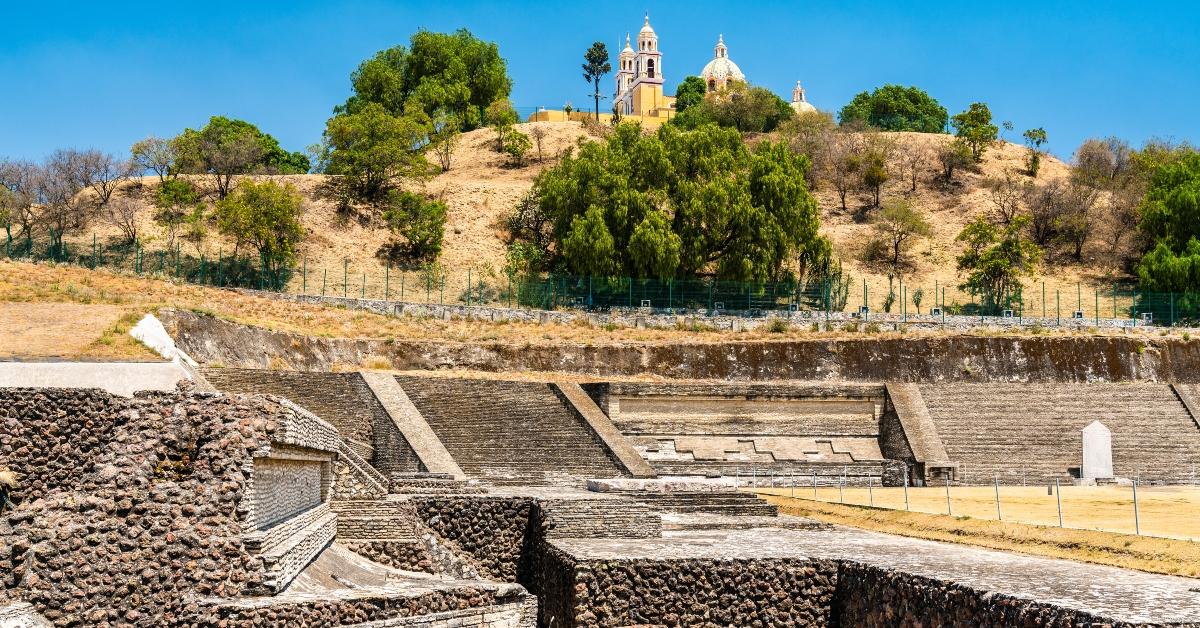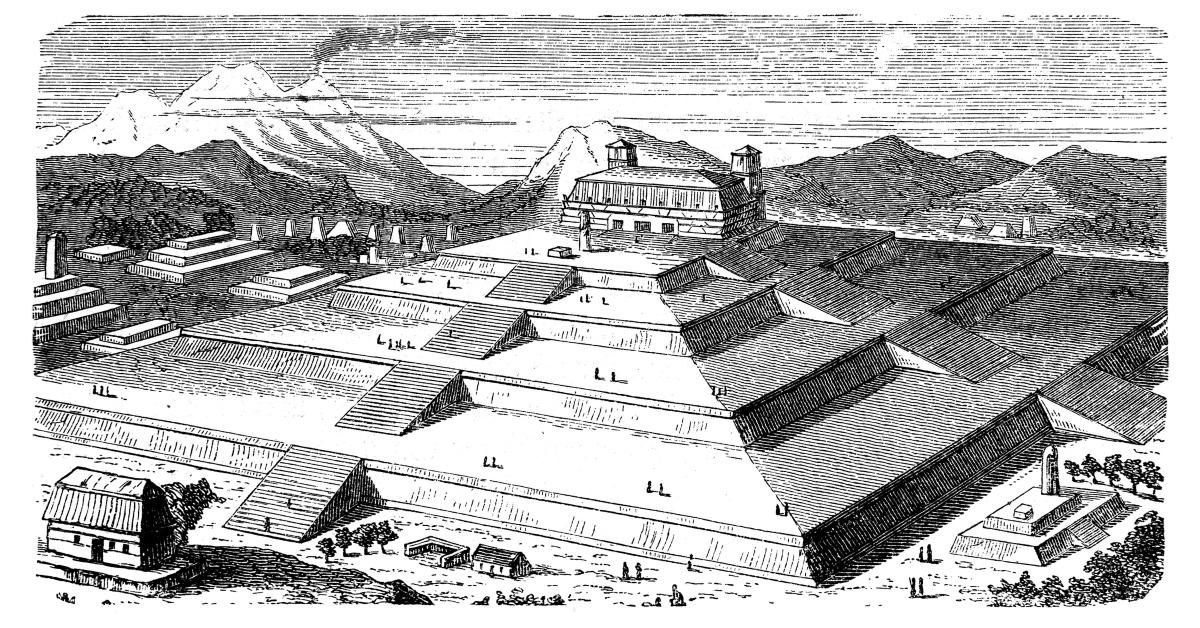Did You Know the World's Largest Pyramid Is in Mexico? Visit the Great Pyramid of Cholula
Published June 26 2023, 12:11 p.m. ET

When talking about pyramids, most people think about Egypt's gorgeous (and numerous) monuments. But the world’s largest pyramid isn’t in Egypt—it's in Cholula, Mexico! In total volume, the Great Pyramid of Cholula is almost twice the size of the Great Pyramid of Giza in Egypt, but not quite as tall.
The Cholula pyramid also doesn't look like a typical pyramid but more like a large hill. Spaniards reportedly thought it was just a big hill with an ancient temple when they conquered Mexico in 1521.
It was in the 1930s that archeologists discovered that, under the years of vegetation that had grown in the area, was actually an ancient pyramid structure dating as far back as 300 BC. Here's what you need to know about The Great Pyramid of Cholula.

The Great Pyramid of Cholula was built to worship an Aztec god.
The Great Pyramid of Cholula was built in four stages from 300 BC to 700 AD. It is also known as Tlachihualtepetl, which means “mountain made by hand” in Nahuatl, the language of the Aztecs that inhabited southern Mexico, according to Mexico News Daily. The Cholula name comes from San Andrés Cholula, the town where it's located.
The Cholula pyramid is a religious temple that reportedly was built by the Toltecs in dedication to the Aztec creation god Quetzalcoatl, the "Feathered Serpent" god who was and still is associated with wind, rain, merchants, arts, crafts, knowledge, and learning. According to Heritage Daily, archeologists determined that human sacrifice rituals took place at the site after discovering burials of "mangled body parts and skulls from decapitated victims."

Cholula was a thriving community and the second-largest city in Mexico at the time, with a population of about 100,000 people. But the city’s population dropped significantly in the 8th century, and thus the Cholula pyramid was eventually abandoned.
Legend has it that the Toltecs covered the temple with dirt to hide it from Spanish conquerors who arrived in 1521. The Spaniards took over the area, destroyed the ancient temple, and built the Iglesia de Nuestra Señora de los Remedios (i.e., Church of Our Lady of Remedies). This Catholic church remains there today.
The Cholula pyramid was discovered in 1931.
The first-ever study of the pyramid was performed by Swiss-American archeologist Adolph Bandelier in 1881. Bandelier then published his work in 1884, according to Historic Mysteries.
In 1931, architect Ignacio Marquina and his team dug tunnels on the Cholula pyramid site to explore its substructures. The excavation lasted into the 1950s, then a second round of excavations was done between 1966 and 1974.
How to visit the Great Pyramid of Cholula.
Today, the Great Pyramid of Cholula is a popular destination for visitors. The site is open Tuesday through Saturday from 10 a.m. to 5:30 p.m. Admission is $85, which includes entry to the museum on-site, where you can see a replica of what the pyramid looks like uncovered, as well as reproductions of ancient murals found at the site.
You can explore the Cholula Pyramid with a guide or on your own. There are five miles of tunnels to take to the pyramid center and see the layers built centuries ago.
Some structures at the Cholula pyramid have been uncovered, including an altar where people were sacrificed and offered to the gods and the Patio of the Altars, the primary access to the pyramid.
If you hike up to the Catholic church on top of the pyramid, you’ll see spectacular views of the city of Cholula and the active volcano Popocatepetl.